View Contact Results and Question Results
Connect Toolkit
Contact Results is a tool through which volunteer effort can be measured. You can set up various parameters to see specific aspects of your voter contact as well as the broader picture. The tool is designed to track the effort of an individual, team, or constituency as your team progresses through your campaigns or projects.
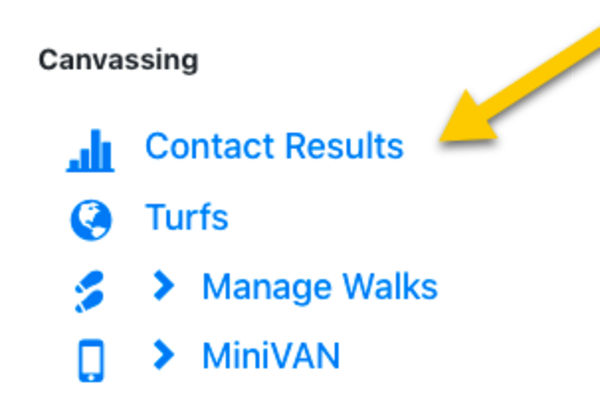
1. Go to the Contact Results tool
You can access this tool from either side of the database. Click on Contact Results from the Canvassing section of the main menu.
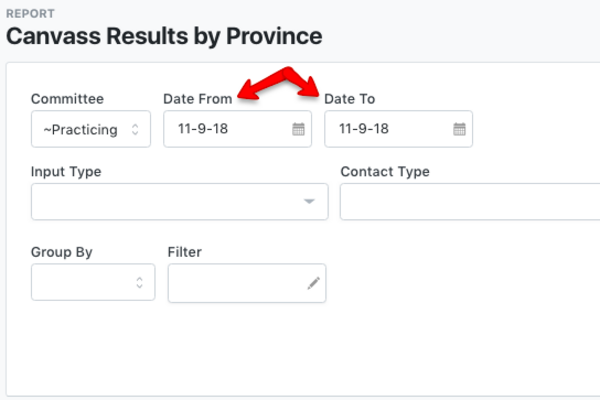
2. Set your parameters
Set the dates you want to view Contact Results for. Connect will automatically show you the Contact Results for the previous day but you can adjust this by changing the dates in the Date From and Date To fields.
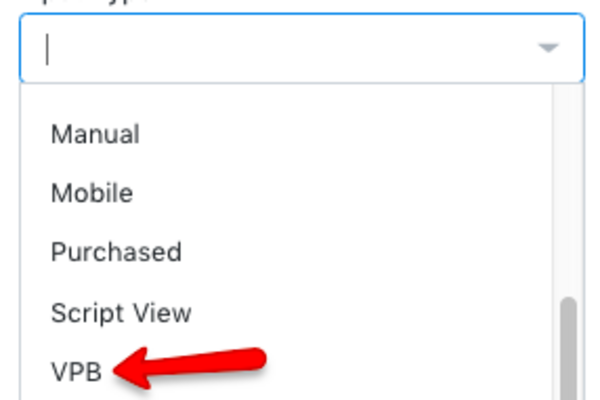
To view results by how they were entered into the system, select an option from the Input Type drop down menu. For example, you can see how many people were contacted using the Virtual Phone Bank by selecting VPB or for MiniVAN choose Mobile.
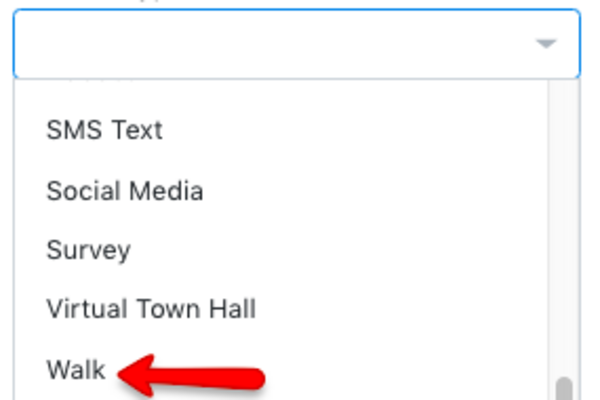
To view results by how they were collected, select an option from the Contact Type drop down menu. For example, you can see how many people were contacted through foot canvassing by selecting Doorstep.
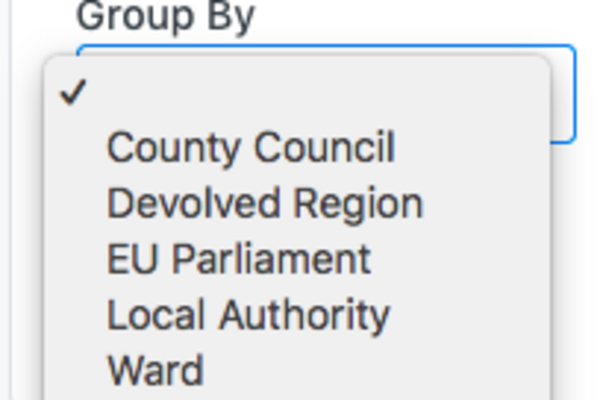
You can view your results by Ward, Team and Canvasser to name a few.
3. Restricting the list
By default, the Voter Contact Summary screen will show all voters you have access to. You may wish to restrict the voters which are being counted. You can filter by a Saved List by simply typing the name of the list into the ‘Filter’ box.
- Just select the list you want when it drops down. It must be a Saved List, rather than a Saved Search. You will also have the option to filter by your current list by simply typing ‘My List’.
Lastly, you can use the Filter field to select a Target Pool subgroup to view the canvass results for.

4. Refresh your results
Click the blue 'Refresh Results' button
5. Viewing your results
With this tool you can see how many attempts were made and the results of those attempts. You can analyse the best ways to speak to people by comparing Contact Types and determine who your superstar volunteers are by grouping by Canvasser.

6. Exporting to Excel
You can further manage your data by exporting it to Excel. This is useful if you wish to analyse the data further, produce graphs, or simply keep a fixed record for future reference. Simply click the ‘Export to Excel’ button to download a file.
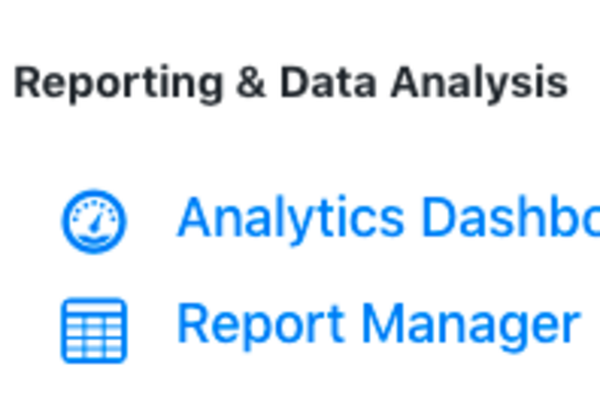
7. Changing your display settings
The settings for the Voter Contact Summary screen can be adjusted and specified so that you always have the fields that you want in your Contact Results report.
In the Reporting and Data Analysis section, select the Report Manager.
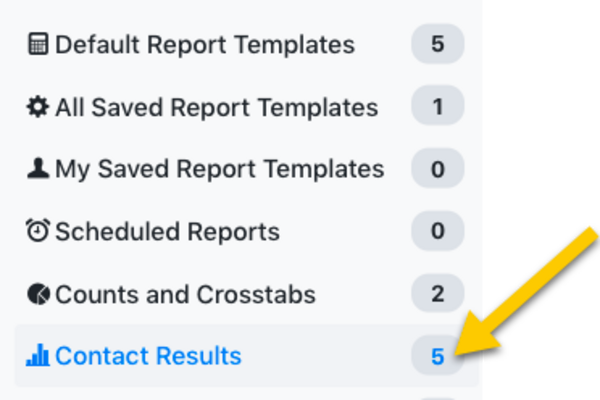
Within the Report Manager, click on ‘Contact Results’.
At the bottom of this page click on Default Settings for Summary Reports

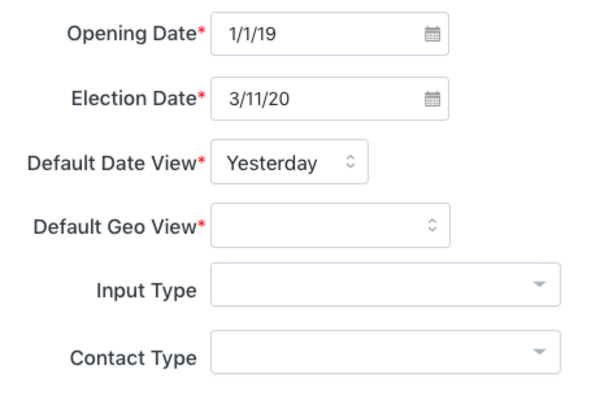
There are two sections of settings.
- First, you can set the defaults for the options detailed above, including Date Range, District type, Input Type and Contact Type. As well as a Specific Date Range, you can choose instead for a rolling range, such as Yesterday or Last Week.
- The second set of options allow you to change the columns that will be displayed in the results section of the screen. You can add columns from Contact Status, Questions, Master Questions or Tags.So for example, you may wish to add the Master Party ID result of ‘Liberal Democrat’ to see how many people contacted are supporters. Alternatively, you may wish to show an issue question if, for example, you were collecting petition signatures. Simply select the options you wish to see and click ‘Save’. These will then be displayed when you return to the Voter Contact Summary Screen.
Note that if you remove a column (such as Move or Deceased) the Total Attempts column will still include them, so the numbers in all the left hand columns of your table will no longer add up to the total.
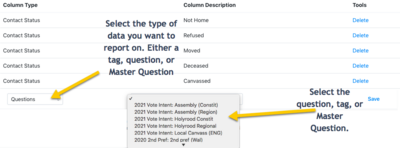
IMPORTANT NOTES: There are two key things to realise about the numbers you see displayed on this screen. Firstly, you are looking at contacts and not people. On this screen there is no difference between canvassing 100 voters once, or one voter 100 times!
The second thing to know is that if you choose to include a column showing the Master Party ID response of Definite Lib Dem, the number displayed is NOT restricted by the date range. In other words, it is counting how many of your identified Definite Lib Dems you have contacted, NOT how many of those people you contacted told you this time they are Definite Lib Dems.
That is because this tool is primarily about measuring activity, not response.
To look at what voters told you this time you need the Question Summary page, which is accessible from the Report Manager in the same Contact Results section shown in section 7b above. The set up of the page is almost identical to the contact results page (and it uses the same defaults). The only difference is that you can now choose a question from the drop down menu in the top left of the screen to see a breakdown of the responses you obtained during the chosen date range, by the chosen contact type or in your chosen list.
One useful aspect of this is that doorstep and phone canvassing tend to give a more representative sample than surveys done on paper or online. That's because our supporters are much more likely to offer to complete a survey than the opposition are. Filtering your list by the contact type of Doorstep and Phone will make sure you don't get misled into thinking that we are getting a much better response than we actually are.